
No.PF-OMM0004-D / / PF3W7## SMC 2 11 13 14 16 17 19 21 24 26 26 F1 OUT1 60 F2 OUT2 36 F3 42 F10 43 F20 47 F22 48 F30 50 F80 51 F81 52 F82 53 F90 54 F98 55 F99 56 57 61 61 65 65 71 79 81 88 -1No.PF-OMM0004-D (ISO/IEC) (JIS) 1 2 1) ISO 4414:Pneumatic fluid power -General rules relating to systems.
Load (kg) m1 m4 m2 m3 Moment (Nm) F3 M3=F3 x L3 L3 F1 M1=F1 x L1 F2 M2=F2 x L2 L1 L2
Load (kg) m1 m4 m2 m3 Moment (Nm) F3 M3=F3 x L3 L3 F1 M1=F1 x L1 F2 M2=F2 x L2 L1 L2
Load weight (kg) m1 m2 m3 Moment (Nm) M3 = F3 x L3 F3 M1 = F1 x L1 F1 M2 = F2 x L2 F2 L1 L2 L3
.-230 Ryan Way, South San Francisco, CA 94080-6370-Main Office: (650) 588-9200-Outside Local Area: (800) 258-9200-www.stevenengineering.com m4 m2 m3 Moment (Nm) F3 M3=F3 x L3 L3 F1 M1=F1 x L1 F2 M2=F2 x L2 L1 L2
Load (kg) m1 m4 m2 m3 Moment (Nm) F3 M3=F3 x L3 L3 F1 M1=F1 x L1 F2 M2=F2 x L2 L1 L2
F1 = X A1 X P . (1) F2 = X A2 X P . (2) 4 A1 = D2 . (3) 4 A2 = (D2 d2) . (4) F1 = Cylinder force generated on the extending side (N) F2 = Cylinder force generated on the retracting side (N) = Load rate A1 = Piston area on the extending side (mm2) A2 = Piston area on the retracting side (mm2) D = Tube bore size (mm) d = Piston rod diameter (mm) P = Operating pressure (MPa) While not
Porting No. of Ports DXT172-2-1 NPTF Y4" NPTF side ports DXfi72-2-2NPTF %" NPTF side Dorts 3 'lnclud6s gas*et and screws SERIES NVEF FLOW RATE TYPE FLOW CHARACTERISTICS % CurrcnvFlow Rate OPERATING PBINCIPLES The effective orifice size is controlled by lhe movement of the spool, which is balanced between the Solenoid Force (F1) and the Spring Force (F2).
D1.6 x P WB Inclined operation W+WBWV PPV W + WB>WV P>PV Allowable driving force table (Fn) (n = 1, 2, 3) Determination of allowable load weight & pressure F1 = x (W + WB) x 9.8 Horizontal F2 = (W + WB) x 9.8 x (cos + sin) Inclined F3 = (W + WB) x 9.8 x ( + 1) Vertical (Refer to page 4 for connection fitting weight.)
+ WB > WV P > PV Determination of allowable load weight & pressure F1 = x (W + WB) x 9.8 Horizontal Inclined Vertical F2 = (W + WB) x 9.8 x (cos + sin) (See page 63 for vertical operation.)
No.PS-OMV0008CN-E / / ISE70G--L2 ISE75G--L2 ISE76G--L2 ISE77G--L2 ISE78G--L2 2 9 10 12 15 15 17 19 21 22 3 23 25 27 27 28 F0 30 F1 OUT1 32 F2 OUT2 35 F3 37 F4 38 F6 40 F10 41 F11 47 F14 Zero-cut 48 F80 49 F81 50 F90 52 F96 54 F98 55 F99 57 58 IO-Link 63 IO-Link 63 63 64 IO-Link 67 76 76 77 86 88 -1No.PS-OMV0008CN-E (ISO/IEC)(JIS) *1) *2) *1) ISO
Porting No. of Ports DXT172-2-1 NPTF Y4" NPTF side ports DXfi72-2-2NPTF %" NPTF side Dorts 3 'lnclud6s gas*et and screws SERIES NVEF FLOW RATE TYPE FLOW CHARACTERISTICS % CurrcnvFlow Rate OPERATING PBINCIPLES The effective orifice size is controlled by lhe movement of the spool, which is balanced between the Solenoid Force (F1) and the Spring Force (F2).
Terminal Setting() 47 50 52 53 53 -1No.EX-OML0010CN-C (ISO/IEC)(JIS) *1) *2) *1) ISO 4414: Pneumatic fluid power -General rules relating to systems ISO 4413: Hydraulic fluid power -General rules relating to systems IEC 60204-1: Safety of machinery -Electrical equipment of machines (Part 1: General requirements) ISO 10218: Manipulating industrial robots-Safety JIS B 8370: JIS B 8361:
No.PF-OMN0011CN-C / / PF3W3## SMC 2 9 12 13 15 15 16 21 23 23 F0 25 F1 OUT1 26 F2 OUT2 34 F3 40 F10 41 F20 45 F22 46 F30 48 F80 49 F81 50 F82 51 F90 52 F96 53 F97 54 F98 57 F99 58 59 62 63 66 66 69 71 -1No.PF-OMN0011CN-C (ISO/IEC)(JIS) 1) 2) 1) ISO 4414: Pneumatic fluid power -General rules relating to systems ISO 4413: Hydraulic fluid power -General rules
Selection of Dip Switch 53 Chapter 12: Driving 12-1. Setting of Origin Direction 54 12-2. Adjustment of Air Balance 54 Chapter 13: Error Messages & Countermeasures 13-1. Controller 5557 13-2. Brake Units Life Span 58 Chapter 14: Appendix 14-1.
Moment (Nm) Moment (Nm) Moment (Nm) Load mass (kg) M1 = F1 x L1 Piston speed V (mm/s) ML1C/M2, M3 M2 = F2 x L2 M3 = F3 x L3 Piston speed V (mm/s) (How to calculate the load ratio) A. Consider (1) max. load mass, (2) static moment, (3) dynamic moment (when stopper collides) when calculating the max. allowable moment and load mass.
Moment (Nm) Moment (Nm) Load weight (kg) M1 = F1 x L1 Courtesy of Steven Engineering, Inc.-230 Ryan Way, South San Francisco, CA 94080-6370-Main Office: (650) 588-9200-Outside Local Area: (800) 258-9200-www.stevenengineering.com Piston speed V (mm/s) M2 = F2 x L2 ML1C/M2, M3 Moment (Nm) M3 = F3 x L3 Piston speed V (mm/s) (How to calculate the load ratio) A.
It is recommended to perform a helium leak test on all face seal connections and tube welds per the industry standards (refer to SEMI F1). Selection Warning 1. Conrm the specications.
No.PF-OMJ0005CN-I () // PFM7## 2 10 13 14 14 16 17 20 22 22 F0 23 F1 OUT1 24 F2 OUT2 27 F3 28 F4 29 F5 30 F6 31 F7 32 F8 35 F9 36 F10 38 F11 39 F12 40 F13 41 F98 42 F99 44 45 49 50 53 54 54 57 59 73 -1No.PF-OMJ0005CN-I (ISO/IEC)(JIS) *1) *2) *1) ISO 4414: Pneumatic fluid power -General rules relating to systems ISO 4413: Hydraulic fluid power -General rules
Moment (Nm) Moment (Nm) Load weight (kg) M1 = F1 x L1 Piston speed V (mm/s) M2 = F2 x L2 ML1C/M2, M3 Moment (Nm) M3 = F3 x L3 Piston speed V (mm/s) (How to calculate the load ratio) A. Consider (1) max. load weight, (2) static moment, (3) dynamic moment (when stopper collides) when calculating the max. allowable moment and load weight.
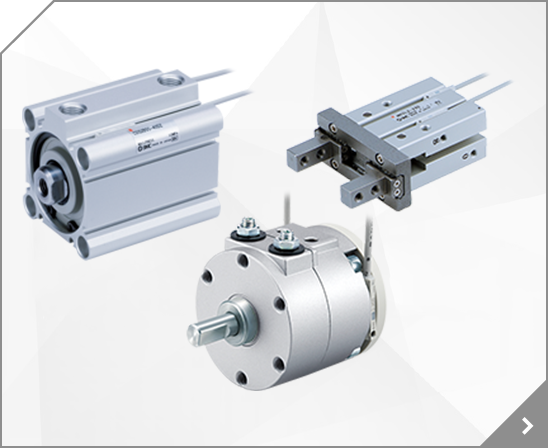


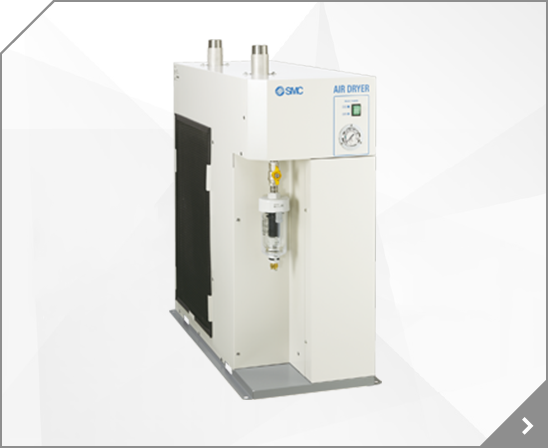
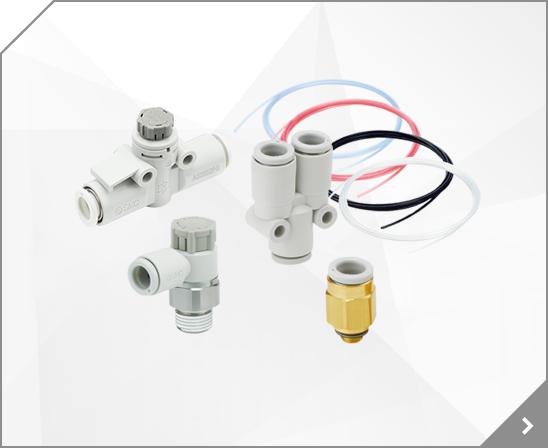
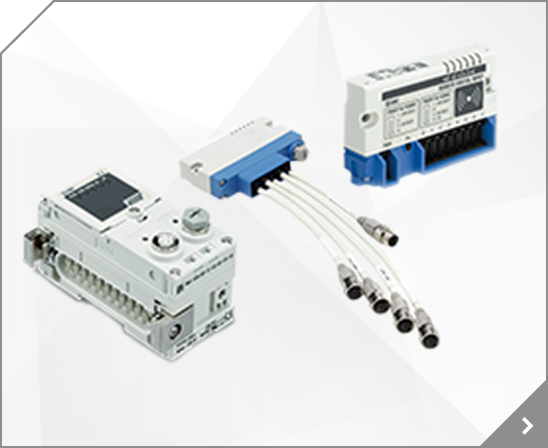
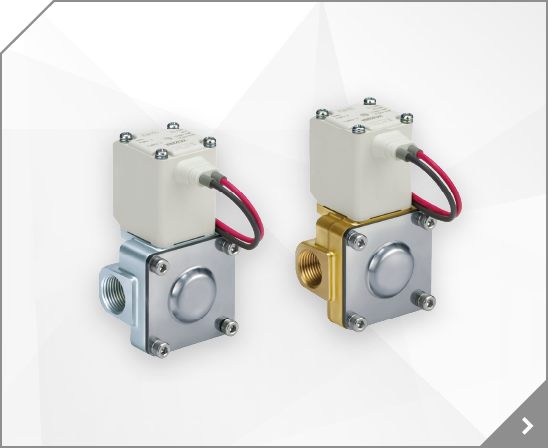
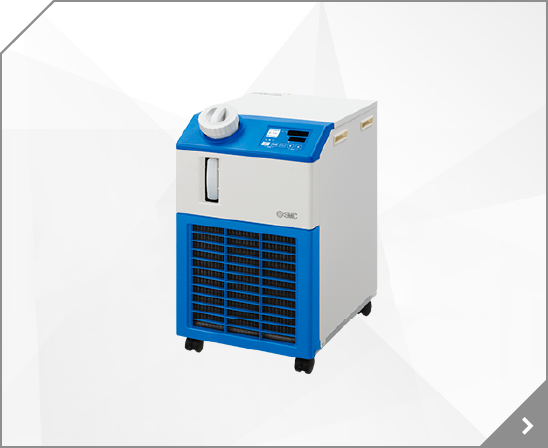
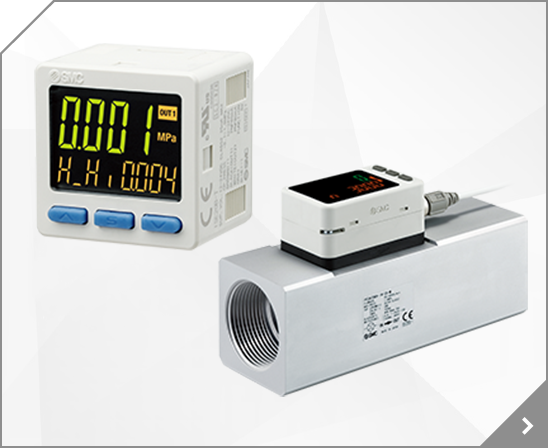
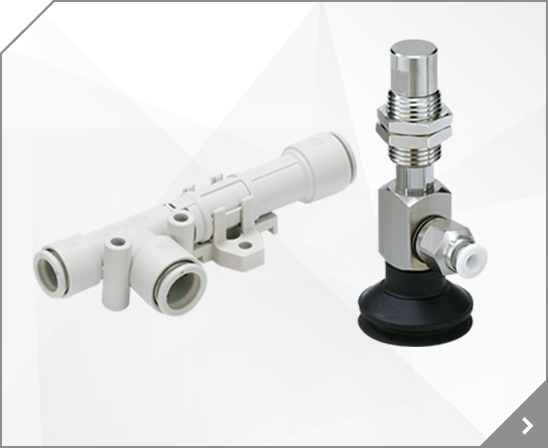

 PF-OMM0004_C
PF-OMM0004_C